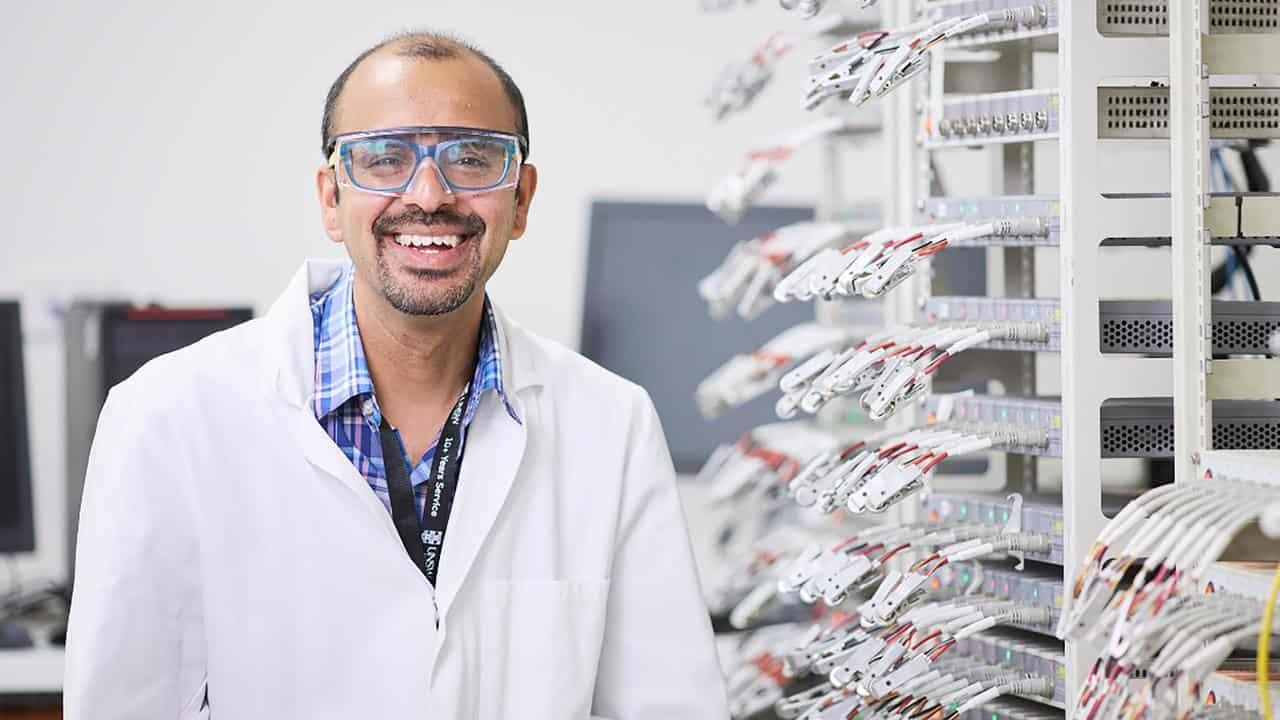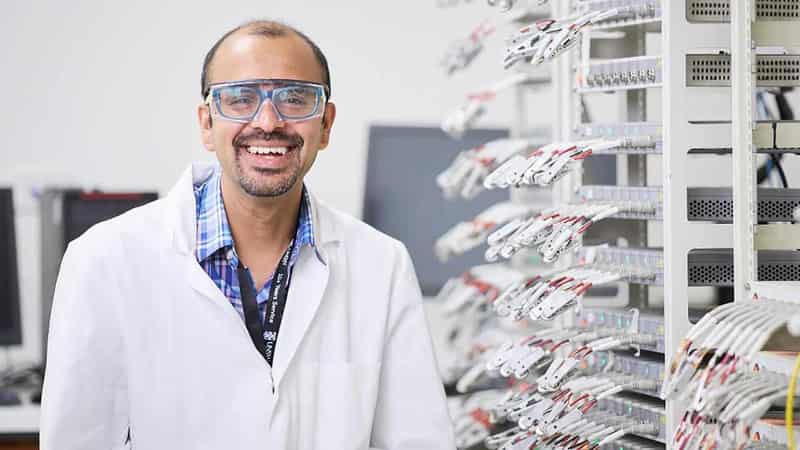
Leftover wine and overripe citrus fruit could be used to create powerful batteries after Australian chemists uncovered a fresh use for food acids.
Researchers from the University of NSW announced they had been granted a patent for the technology that they say could be used to power everything from smartphones and electric vehicles to household solar storage in future.
But the academics will first have to scale up the technology from the size of a coin to a much larger product.
The battery discovery came after a university PhD candidate discovered inconsistencies in the way food acids reacted to metal.
The team in the UNSW science department then started experimenting with different types of food acid, Professor Neeraj Sharma told AAP, and found it could be used to create an anode – one of three major battery components.
“The anode is one of the biggest contributors to cost, toxicity, all of those things in terms of battery processing,” he said.
“We can make that quite environmentally friendly, sustainable, and give it more punch than what it currently has.”
Prof Sharma said researchers had tested their technology with tartaric acid and malic acid that is found in wine, as well as citric acid that is common to fruits.
The acids could be “tuned” in combination with metals, he said, to produce different types of energy storage, including batteries that charged or discharged faster than normal, or that stored more power for a longer time.
The food acids could also be processed using water rather than harsh chemicals, and could be extracted from food and beverage waste streams to ensure the batteries were significantly more sustainable.
“You don’t want to target household waste because you have quite a variability but if you have a single source like wine or citrus waste, you can have scale,” Prof Sharma said.
“From that you can extract your acid, combine it with iron that you get from the Pilbara, for example, and Bob’s your uncle, you have an anode that you can drop into a lithium-ion battery.”
The researchers proved their hypothesis in a coin-sized prototype to receive a patent on the technology, but will next target a pouch-cell battery the size of a mobile phone.
Prof Sharma said in addition to scaling up their prototypes, the researchers had held talks with venture capitalists about investing in the technology and had also discussed a potential partnership with a research group developing a sustainable battery cathode.
Lithium-ion battery technology is in high demand in Australia and overseas to support the transition to renewable energy.
The Australian Energy Market Operator estimates the nation currently has three gigawatts of energy storage capacity, including batteries, but will need at least 22 gigawatts by 2030.









